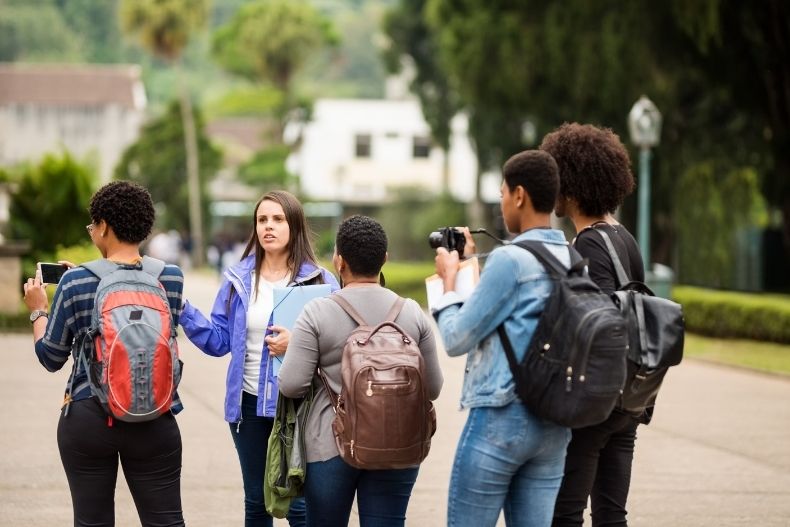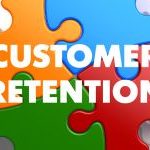Facility tours may be the most powerful form of marketing a brand can deliver
Manufacturing facilities from auto plants to distilleries to toy producers offer tours of their operations. Tours can be pretty entertaining, so much so that they’re often positioned as tourist attractions by local officials. But from the business founder’s perspective, there can be a lot of logistical hurdles to overcome, not only in developing the tour program in the first place but in executing individual tours. At minimum, in order to avoid the worst case, a tour must be designed and implemented while keeping visitors safe and the production process flowing without interruption. If you’re considering starting tours of a production facility – or even if you’re not – you may well be asking yourself if it’s really worth the hassle.
The short answer is yes – if you adhere to a few basic guidelines.

Facility Tours as a Marketing Tool
It’s critical to remember that a tour is ultimately a form of marketing, and the costs associated with a tour program are ideally treated as a marketing investment. How do the benefits of spending on a tour program compare to those of alternative uses of budgeted marketing funds? The ROI on marketing expenditures is notoriously difficult to measure, but there are other ways to approach the question of the relative impacts of various marketing programs.
The different ways that a brand can engage with potential customers can be placed on a spectrum. On the left end of that spectrum you’ll find those options that provide broad reach, but sacrifice the personal aspect of communication in order to do so. Television advertising anchors this end of the continuum. Along the way from left to right you’ll find promotions, sponsorships, events, outdoor ads, point-of-purchase, etc. (Not necessarily in that order.) Each offers some trade-off between reach and personalization. The right end of the spectrum is where facility tours reside – the most personal form of marketing, though with smaller reach.
Market researchers explain the reasons this experience is so powerful:
1. A tour lasts up to two hours, holding the audience’s attention for far longer than any other form or marketing
2. Consumers are participating voluntarily, rather than having an ad interrupt some other activity like watching a television program or surfing the web
3. Tours are highly social experiences, since people often attend in groups, creating shared memories among family and friends
The tour experience can turn potential customers into customers in fact, and current customers into loyal repeat buyers.
Turn Customers into Brand Advocates
But what about the smaller reach of tours-as-marketing compared to other forms? Don’t let the smaller immediate audience mislead you. The tour experience can also turn participants into brand advocates. The word-of-mouth generated by those who’ve been up-close-and-personal with your company and your brand means that the indirect audience will not only be much larger, it will continue to grow over time, because people will share those stories again and again. And three in four consumers are influenced by word-of-mouth when they purchase, more than any other form of advertising.
You can also encourage word of mouth by designing your tour and the tour guide’s script around a simple principle. Maya Angelou said “I’ve learned that people will forget what you said, people will forget what you did, but people will never forget how you made them feel.” Providing tour participants with facts and figures is all well and good; but by evoking the right kind of feelings you can motivate them to retell the story of their experience again and again over the course of years. People want to feel smart, so if you provide them with “insider knowledge” they’ll want to share it. People want to feel witty and clever, so if you relate any amusing stories they’ll tell them to others. How many television ads are described in casual conversations twenty years after they were last seen – or at all?
Improve Communication with Tour Guide Headsets
But here’s something that must always be kept in mind about marketing communication: the key word is communication. When developing a tour the process of crafting the right message can draw all of the focus – so much so that it can be easy to forget about ensuring visitors actually hear the message. Facilities are typically noisy places, and tour groups are often spread out (even before social distancing became necessary). And so people will struggle to hear, especially those in the back of the group.
Smart tour planners invest in a two-way communication system – small headsets with transceivers and receivers that can be worn by each participant, comfortably and unobtrusively, putting the tour guide’s words literally in their ears. No “sound barrier” is a match for this simple solution that takes this wonderfully personal brand experience and makes it just that much more personal.
Developing and executing a tour program requires an investment of time, resources, and money. You can help ensure that investment pays off by adopting communication technology that makes sure the message gets out.







